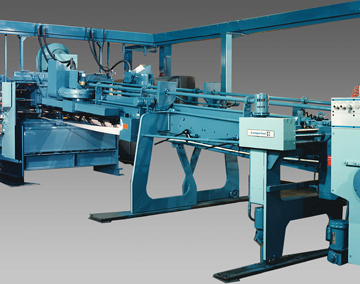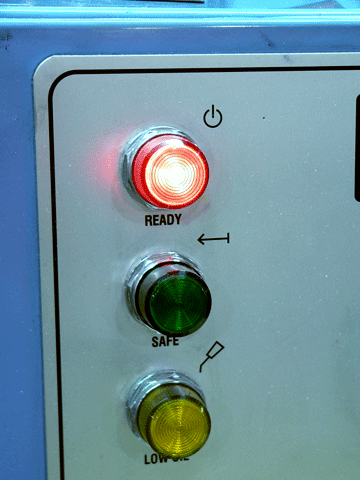
 |

 THE PROBLEM Machines last 30 years or more; control systems are typically obsolete after seven years. Several factors have contributed to making the situation worse. Machinery manufacturers tend to concentrate on mechanical engineering with control systems receiving short shrift. The result has often been poorly designed systems that become obsolete long before their time. Some examples: Langston - Saturn LMC controls up until very near Langston's demise were based on proprietary ProLog STD Bus hardware. As early as twelve years ago, it should have been clear that this technology was nearing obsolescence. (In 1993 IMC switched from similar STD bus systems to industrial PC based controls.) Ward control systems are based on proprietary Giddings & Lewis hardware, which have been notoriously subject to early obsolescence. Martin - Until fairly recently the MemoProcess line of controls were based on proprietary hardware manufactured by Centralp, a local French subcontractor. All are now obsolete. MHI systems are based on Mitsubishi's own proprietary hardware. All but the latest are obsolete. Consolidations (such as MarquipWardUnited) have usually included downsizing and staff reductions. Even as the level of technical expertise has eroded as a result, spare parts and service prices have sky rocketed. Business failures and bankruptcies have aggravated the situation. Langston's failure has made it extremely difficult to find adequate control system support. While other suppliers have also recognized this deficiency, IMC’s Langston background and complete dedication to set-up control has allowed us to provide more cost effective solutions. In the case of McKinley, even though their controls were based on Allen-Bradley hardware, box plants are having trouble finding adequate support. Why IMC systems are less susceptible to obsolescence:
  |

|